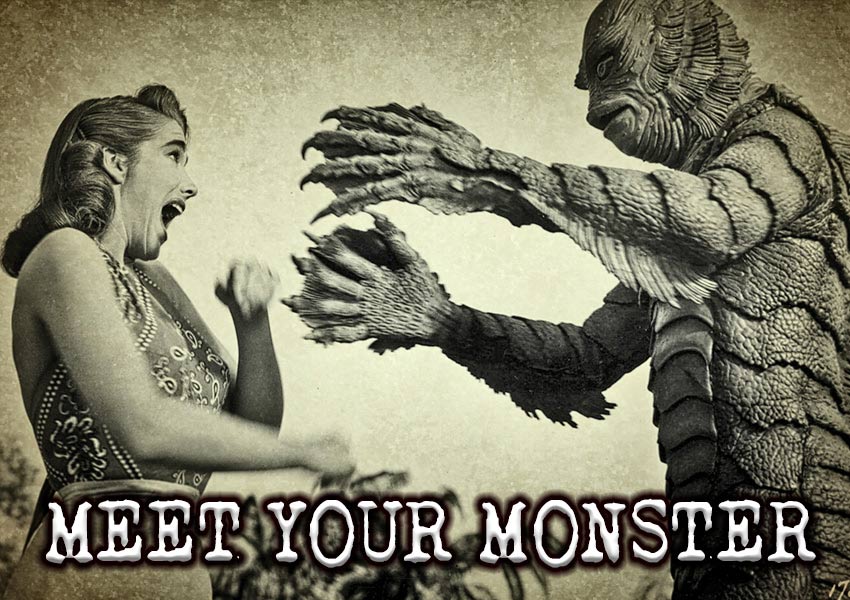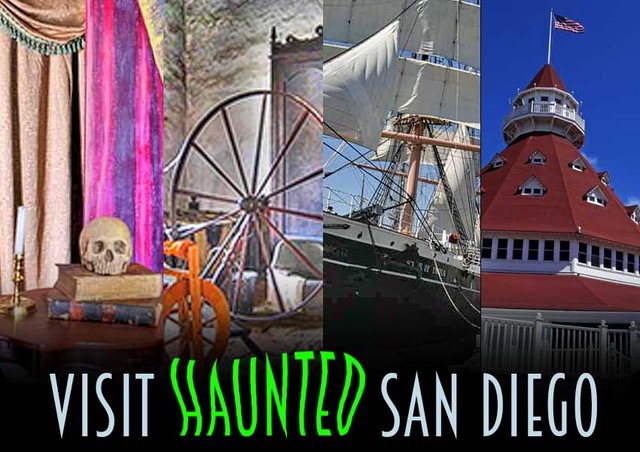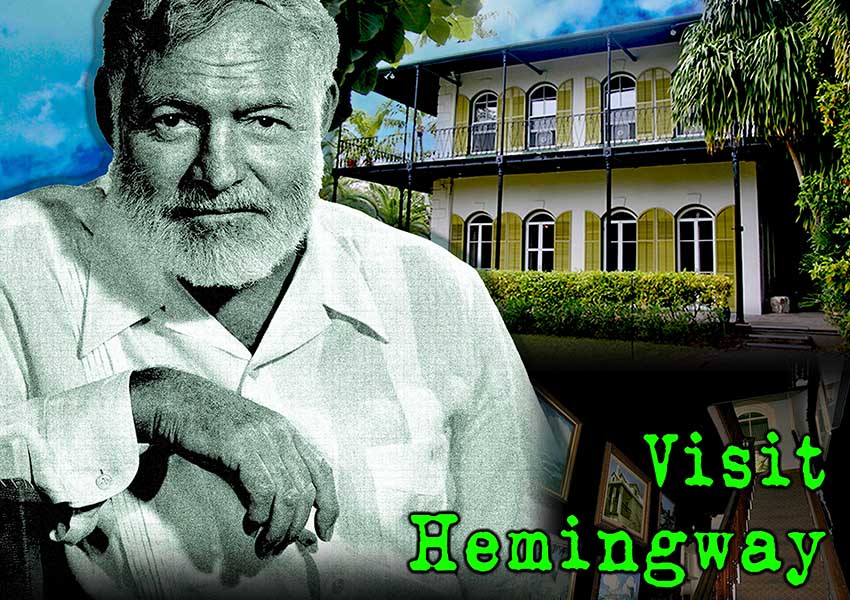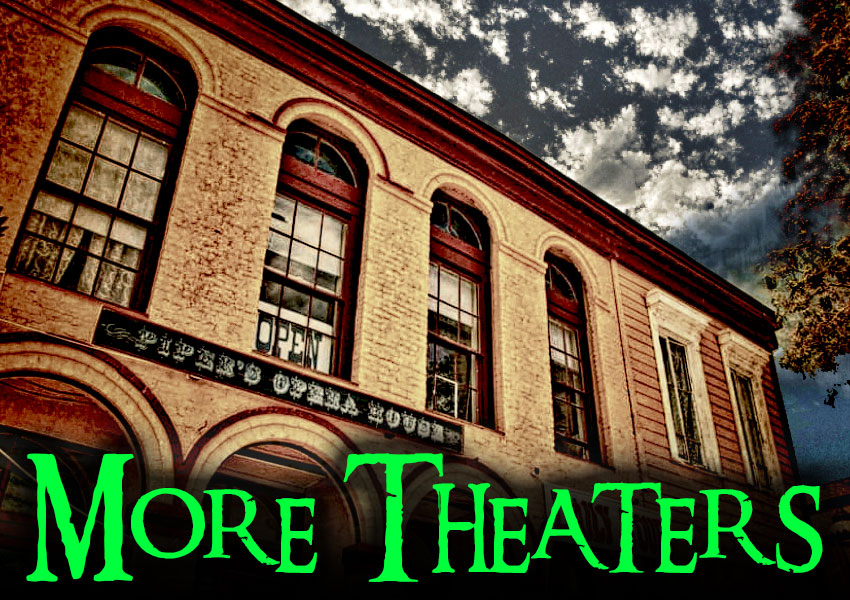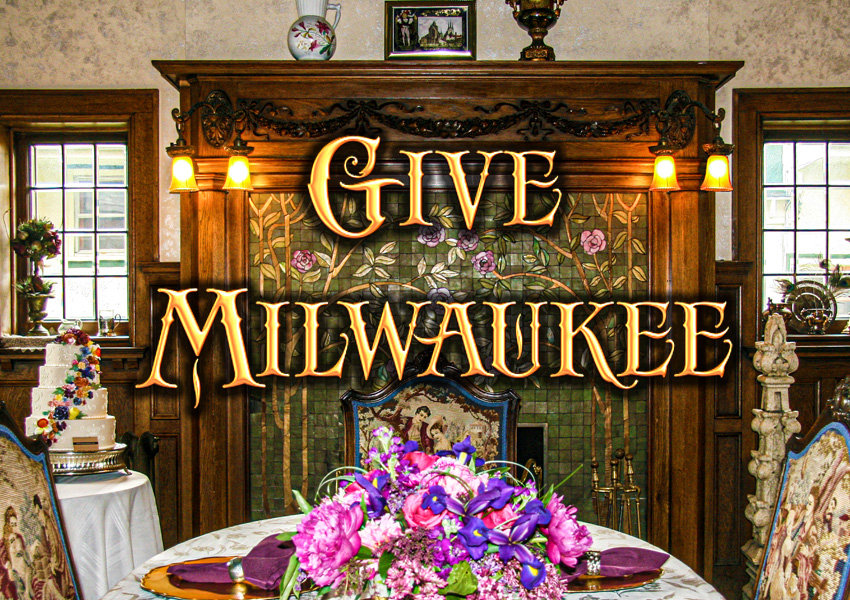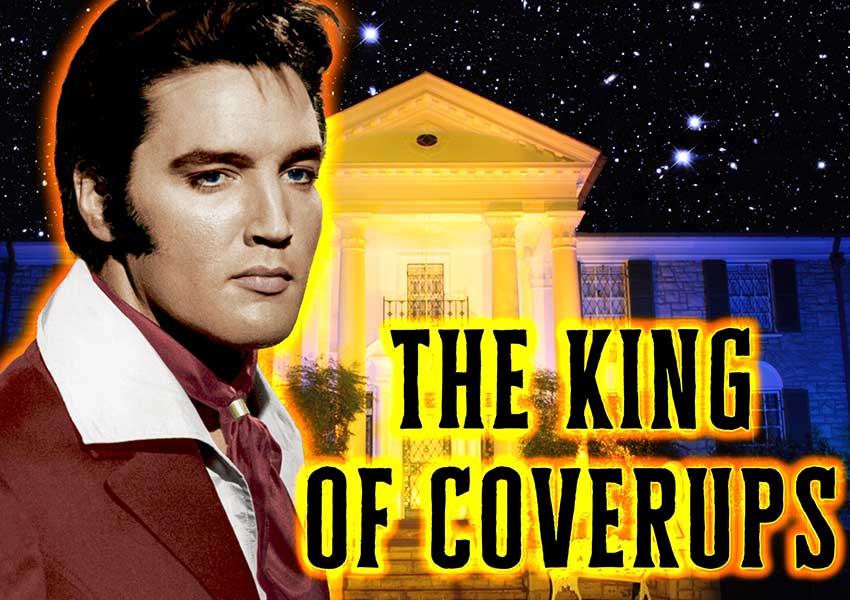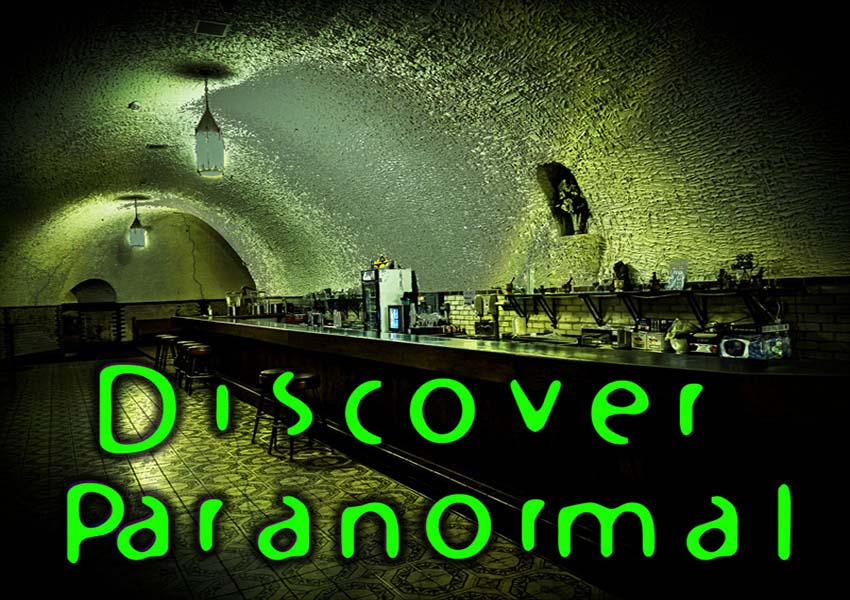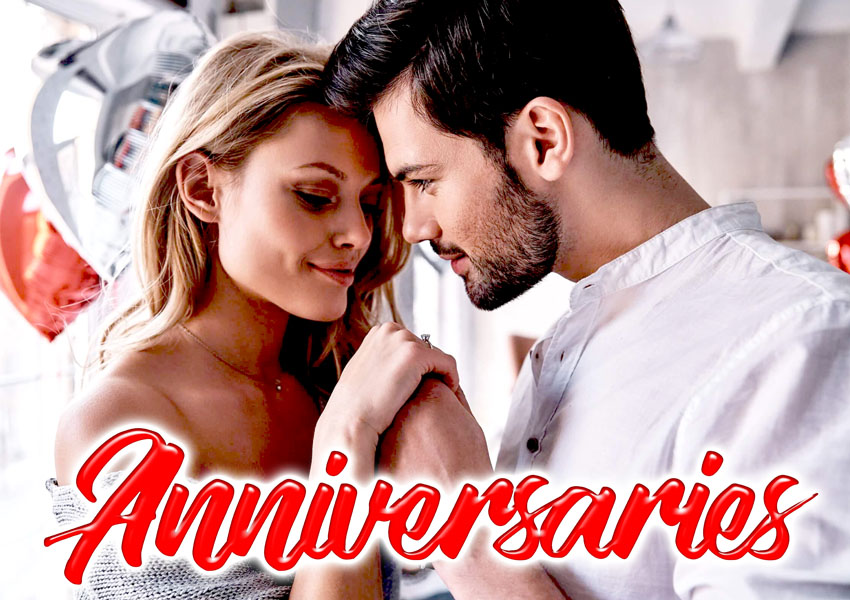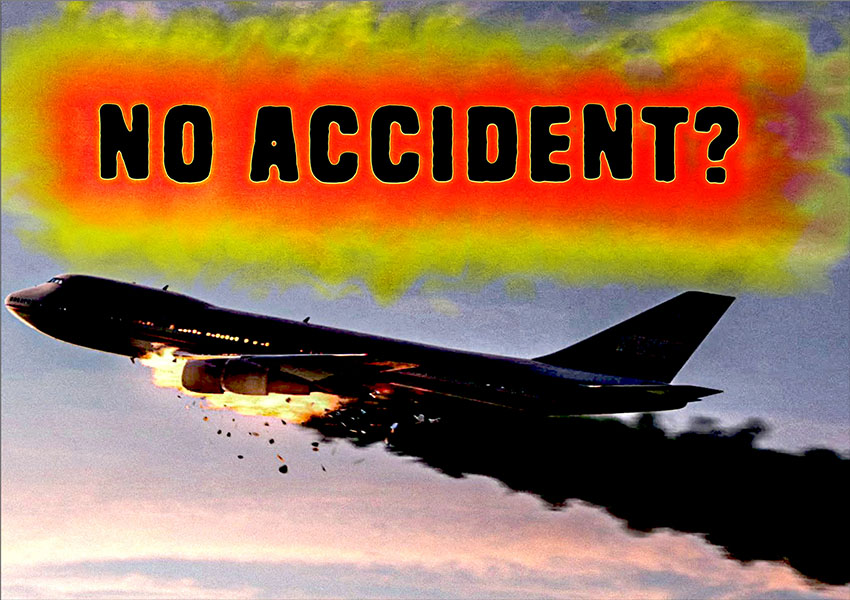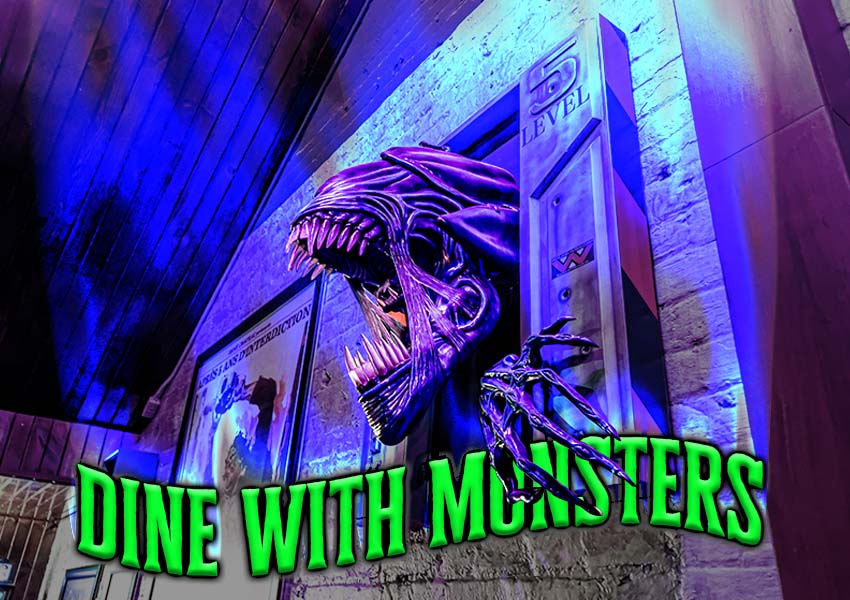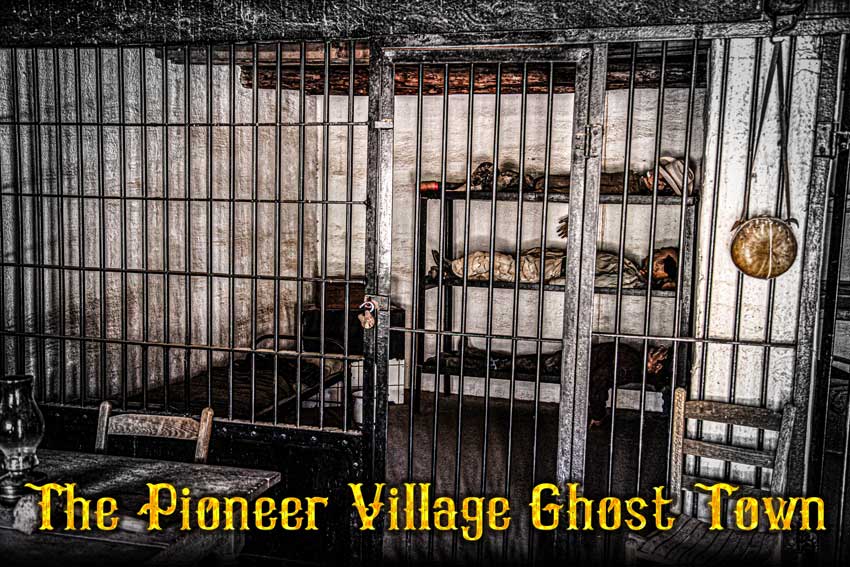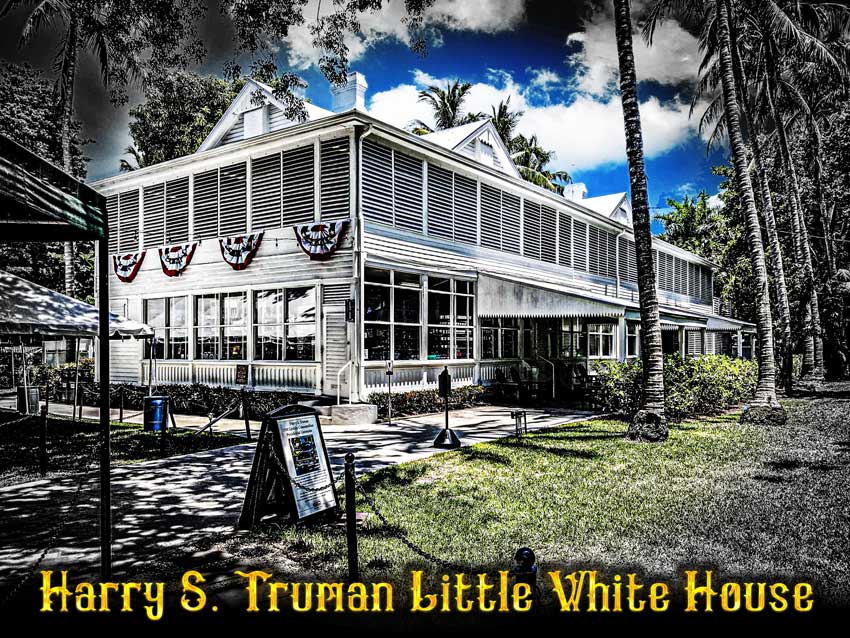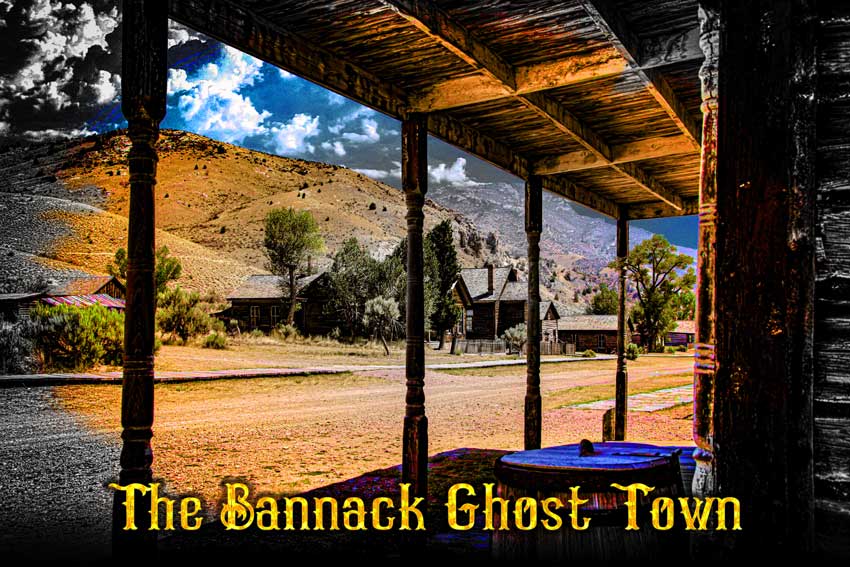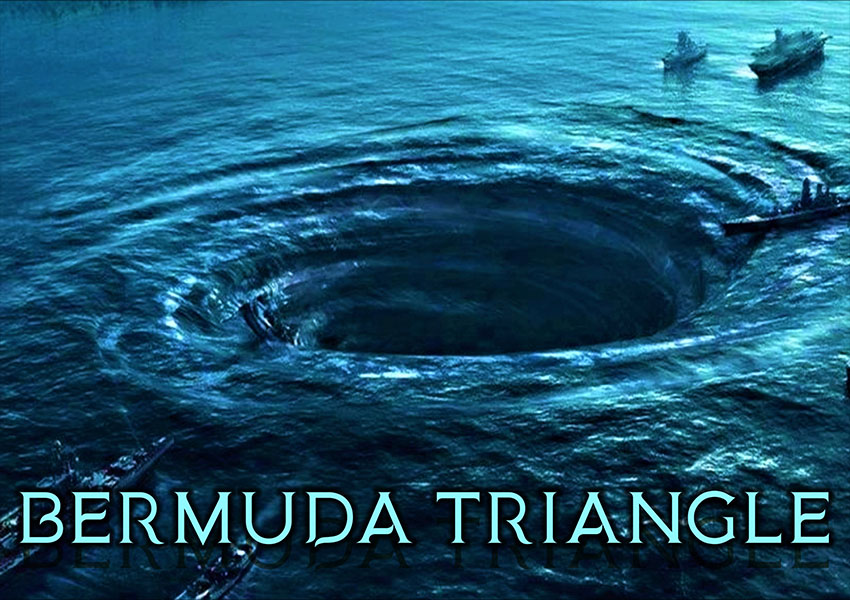San Luis Obispo California
Mission San Miguel
A Franciscan Friar isn’t ready to retire just yet
Victims of a vicious slaughter are restless spirits.
Their dastardly murderers are reliving their evil deeds
and doomed to look forever for their coveted prize.
DESCRIPTION
The Mission San Miguel, nicknamed the “Mission on the Highway,” has been beautifully restored, ready to withstand any future earthquake. One of the features for which it is best known is The Mission Arcade, a series of 12 arches. In the courtyard, just outside of the arches, is a lovely fountain and fish pool.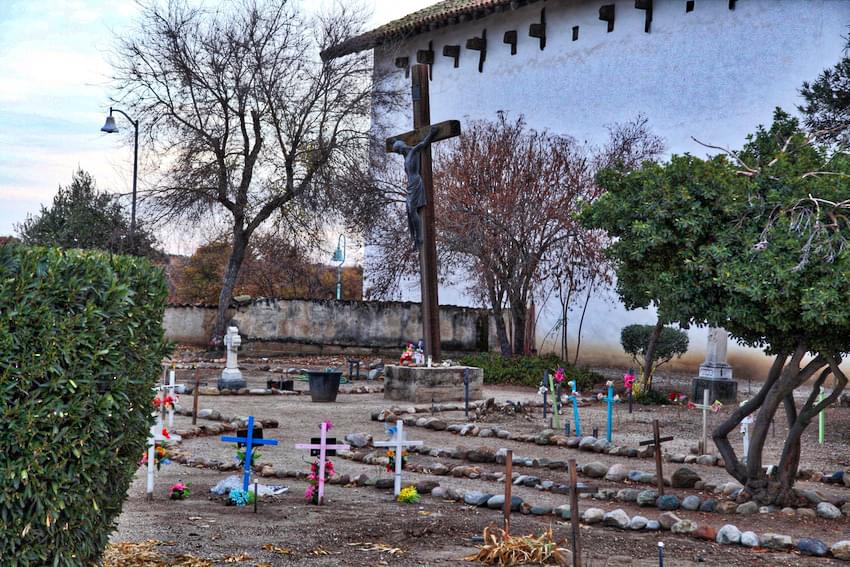
Built in the Queen Anne style, the length of the church sanctuary is 144 feet long, 27 feet wide, and 40 feet high. The ceiling has very long, large wooden planks running the width of the sanctuary, which still has its lovely original artwork by Esteban Munras. Near the altar, the early friars who served here are buried in the church floor. Above the altar hangs a beautiful art piece, known as Ojo de Dios; the eye of God, original to the building.
The other buildings are used as a museum, with mission artifacts on display, showing how life was for the Franciscan Friars and the people at the time of the mission’s founding. The Padre’s quarters include a living room, bedroom, dining room, and a kitchen.
There is also a gift shop that generates some income, where visitors can buy tickets for a tour of the museum. The cemetery is located on the outside right wall of the sanctuary. It is guarded by a bronze statue of Christ that originally was inside the church. There is a book of burials, listing the 2,249 names of Indians who were buried here. The first burial dates back to 1798, just one year after the mission was first established. Father Joseph Mut, who was the Parish Priest from 1886-1889 was also buried here.
HISTORY
Mission San Miguel was named for Archangel Saint Michael and was founded in 1797 by Spanish Franciscan Friar Father Fermin Francisco de Lasuen. It was built to bridge the gap in service between Mission San Antonio to the north and its southern sister church, Mission San Luis Obispo.
In its time the Mission San Miguel has experienced fire, major changes in government, secular use, a murderous massacre, and a major earthquake. Yet, it has survived as a church, making a difference in its community.
In 1797, a temporary church was opened, serving the spiritual needs of the local native Americans, the Salinans. Father Buenaventura Sitjar and Father Juan Martin were the Franciscan Fathers in charge, tasked to be shepherds for the people. On opening day, 25 youths were baptized into the faith. By 1806, more than a thousand Salinans were living and working at the mission.
Besides serving the people, the good Friars also set up a wine-making room and so started the wine industry in San Luis Obispo County. They made some income by trading wine for other needed items with the other missions in California. The Native Americans also learned how to make wine; a very useful skill. They also raised sheep and weaved the wool into blankets and clothing. They were protected by mission guards who were part of the Spanish military presence in California.
However, this first mission church was burned to the ground in 1806. So, it was back to the drawing board. Twenty-seven huts were built to be the living quarters for the Indians. “A granary (65 feet long), a storage and carpenter room (42 feet long) and a sacristy (23 feet long) were constructed in 1808. In 1810, a house (61 feet square) was constructed at Rancho La Playa at San Simeon.”

Tiles and adobe blocks were made and stored, waiting for the stone foundation to be laid in 1816. Seven years later, Mission San Miguel was rebuilt and completed with the inside frescos designed by Esteban Munras. It served the native people until Mexico won its independence from Spain in 1834.
Unfortunately, in 1834, the Spanish Franciscan Friars were exiled by the new independent Mexican government, and Mission San Miguel was no longer a church but a secular building, with a civilian administrator in charge of it. The Salinan people went back to their native lands, though some stayed and found employment, using the skills they had learned at the Mission.
The new president of Mexico decided to sell all the California missions to private parties. Business partners, Petronillo Rios and William Reed bought the Mission San Miguel in 1846. Soon afterwards, the Mexican-American War broke out, and Mexico lost California to the Americans in an 1848 treaty.
William Reed and his family took possession of the mission buildings, using some of the buildings as a personal residence and opening an inn for travelers and trading post, with the only acceptable payment being gold. California was in limbo-land, no longer part of Mexico, but only a territory of America.
Paper money from either country was worthless. Both William and Petronillo hoped to gain from the California Gold Rush. Gold nuggets were the monetary standard. The mistake Rios and Reed made in their business plan was in not having any kind of security, and this flaw in their thinking eventually brought deadly consequences. For the first two years things went smoothly, but then they experienced what every inn owner dreads, the inevitable stay from the ultimate guests from hell, on the evening of December 4th, 1848.
On that date, six men of bad character spent the night at their inn. Joseph Peter Lynch was an army deserter, Peter Raymond was an escaped convict running from a sentence for murder. These two had killed two American prospectors, taking their gold. They had teamed up with two British navy deserters, Peter Quin, and Peter Remer, who jumped ship in San Francisco. The other two morally inept members of this unholy group were narcissist Sam Bernard and an American Indian, known only as John, both with violent criminal pasts as well.
Besides paying with gold, the group also sold their stolen gold to William Reed. One source said that Mr. Reed had bragged to these creeps about all the gold he had made from his inn. The six men left for San Marcos on the morning of the 5th, but came back and asked to stay the night again. Of course their request was honored.

On the fateful evening of December 5th, 1848, everyone breathing and one still in the womb were brutally murdered by these sorrowful examples of the human race. An ax, a cutlass and a knife were used to kill not only the members of the Reed family, but the other guests and servants as well. Their list of victims were: William Reed; his wife, Maria Antonia Vallejo, who was expecting a baby very soon; their 4-year old son; a brother-in-law; Jose Ramon Vallejo; the mid-wife, Josefa Olivera, who was brought there to deliver Mrs. Reed’s baby; the 15-year old daughter and the 4 year old grandson of Martin Olivera; a Negro cook; an Indian sheep-herder and his 4 year old grandson.
Eleven people were killed in all, counting the unborn child. They started with Mr. William Reed as they sat around the campfire with him. Bernard attacked him several times with an ax, while the Native American John stabbed him with a knife. They went on to stalk, catch, and kill the other victims, including the little four-year-old Native American boy, grandson of the Native American shepherd.
This child had wisely hidden in some boxes, but came forward, after all the others were killed, and pleaded with them to not kill him. One heartless thug picked him up by his feet and slammed his head against the wall. When a mail carrier found the bodies later that evening, he rode straight away to Petronillo Rios and then on to Monterey where he reported the murders to the military governor, Colonel Richard B. Mason.
But the murderers couldn’t find where Reed had buried the treasure of gold, not being smart enough to find out before killing Reed and the others. After taking any valuables they could find, including William Reed’s prized navy pea coat, these black-hearted brigands left the scene of their massacre to try to find the gold at the ranchero of Petronillo Rios, with plans to murder him too.
They decided not to kill Rios, however, because Rios had armed Indians working for him. After they left Rios’ ranchero, one of these sharp-eyed Indian employees found one of Mrs. Reed’s earrings where the brigands had spent the night at Rios’ ranchero, and brought it to Petronillo Rios. Uh oh!
Meanwhile the Native American, John, peeled off from the group, at this point, perhaps wanting to be in charge of his own escape. He became the only one who escaped without consequences from this particular crime. However, if he continued in his murderous ways, he was probably killed by someone else. There are always afterlife consequences in the spirit world to face for dastardly deeds done in this world.
On December 6th, John M. Price (who was the justice of the peace/mayor), independently discovered the bodies and bloody mess at Mission San Miguel, along with Petronillo Rios, who had come to see if they were all right. Price assigned Trifon Garcia to be in charge of catching the murderers. A posse was formed and the gang was hunted down and turned over to legal authorities in Mexican-run Santa Barbara. The killers, who now numbered three, gave witness to what had happened at Reed’s Mission San Miguel Inn. They signed their confessions and were given the death penalty by hanging.
However, since California was now a military territory of the United States, the Mexican legal authorities in Santa Barbara sent the case to the American Colonel Mason, in Monterey. He honored their decision to give the death penalty and sent Lieutenant Edward O. C. Ord, of the Third Artillery, and nine soldiers to Santa Barbara to carry out the sentence, military-style.
Five men of this unholy group of thugs had end-of-life experiences that were not pleasant; the murdered family, their guests and servants got their justice, with the demise of five of the six killers. Peter Raymond was killed in the shoot-out, and Sam Bernard drowned in the river at the hands of the posse. Though sentenced to hang, Joseph Lynch, Peter Quin and Peter Remer were shot to death, courtesy of the nine American soldier firing squad on December 28th, 1848, just twenty-three days after their evil deeds.

After the mission buildings were cleaned up and the decomposing bodies and body parts were buried in a mass grave (made up of two grave plots), by Petronillo Rios and others in the Mission San Miguel Graveyard, life and business continued for the living. The mission rooms were converted to commercial endeavors, including a hotel, saloon, and retail shops. You can bet they had security in place.
Just eleven years later, in 1859, President Buchanan gave the mission buildings and the surrounding property of Mission San Miguel back to the Catholic Church. By 1878, the Parish of San Miguel was founded, and a diocesan priest began services again, after the ruins were rebuilt and a suitable sanctuary was once again established.
Fifty years later, in 1928, Mission San Miguel again became a Franciscan church, administered by Franciscan Friars from the Province of Santa Barbara.
Seventy-five years later, in 2003, Mission San Miguel was hit with massive damage from the San Simeon earthquake, whose epicenter was just thirty-four miles away. Though the devastation done to the mission buildings closed the entire Mission San Miguel complex to the public and the congregation, there was immediate action taken to start the long road back to rebuilding and retrofitting the buildings and sanctuary by a determined congregation and friends of the mission. I bet a spectral Franciscan Friar was rooting them on!
Success came in steps. In 2005, the Mission Gift Shop was reopened. The Museum opened three years to the day after the earthquake, on December 22nd, 2006. Finally, in 2009, on September 29th, the Feast Day of St. Michael the Archangel, a dedication Mass was celebrated in the sanctuary! Three days later, a joyous public came together to mark the reopening of this beloved communal piece of history, Mission San Miguel.
Despite what may happen in its future, Mission San Miguel has the legal protection of being both a State and National Landmark, and a long history of rebuilding and surviving disasters because of not only the will of the people who have worshiped here, but their leaders, inspired by devotion, faith and courage.

HISTORY OF MANIFESTATIONS
People who serve others in this world, sometimes are not ready to retire when they pass on to the spirit world. Sometimes they are drawn back to this special place when restoration takes place.
A Franciscan Friar apparently is still here, perhaps keeping an eye on his church and the people who worship here. Perhaps he was one of the Friars who was buried in the church sanctuary.
People buried in a mass grave, or in unmarked graves can be restless, wanting to be remembered with a headstone, or proper identification.
There were four men, two women, four children and one unborn, near-term baby murdered and buried in a large communal grave, near the back door of the sacristy in the graveyard.
People who die brutal deaths are taken from life often before they are ready to go to the other side, and they can’t let go of all the suffering, pain and trauma.
All of the murder victims experienced the terror of the attack, the hunt, and brutal death via forced trauma, by ax, cutlass and knife, all done without mercy.
Women who die in childbirth, from self-neglect, from trauma, or at the hands of another, still mourn not being with their children, and continue to try to find them in this world.
People who commit terrible cruelty or brutally murder others without any feelings are sometimes trapped at the scene of the crime.
Personal experiences suggest that perhaps some of the killers are doomed to relive their murdering ways and fruitless hunt for gold.

MANIFESTATIONS
The Entity of a Franciscan Friar
He has been seen by witnesses, happily going about his business in the Mission Museum buildings. Perhaps he came back when Mission San Miguel was restored again as a church.
The Entity of the 15-Year-old Murdered Girl
Sounds of her muffled screams have been heard during the late evening hours – near the chapel. She still relives her death.
The Entity of William Reed
Dressed in his winter navy pea coat.
A visitor saw a see-through man step out of the southern wall of the mission, wearing his beloved winter pea coat.
The Entity of Mrs. William Reed
During the day, Mrs. William Reed has been seen going about her business in a white dress, perhaps recalling all of her good memories here.
In the wee hours of the morning, her apparition, covered in blood, searches the mission grounds for her murdered children, crying, perhaps trying to find their graves. Perhaps she doesn’t know what happened to them, but suspects they were killed too. Not knowing what happened to them must be an emotional torture that keeps her here.
The Entity of the Reeds’ Four-Year-old Son
This entity has been seen around the mission, playing, and perhaps looking for his family.
The Entity of the Little Native American Boy
Grandson of the Native American shepherd.
Likes to appear to children:
A little three year old girl told her grandmother, who was in the gift shop, that she saw a little Indian boy with a large “owie” on his neck and head.
The Entities of the Murderers
Not sure if it is just residual energy, or spirit-people.
Perhaps the ones who died in the fight with the posse, Peter Raymond and Sam Bernard. They had no chance to confess and didn’t receive judgement.
They are said to be grounded at the mission and are still looking for the treasure in gold that they killed so many for the first time around, while still alive in this world.
Sounds of their running and rummaging through items throughout the mission have been heard by witnesses during the late evening hours.

STILL HAUNTED?
Most Probably so. Unless these spirits get some help letting go of their trauma, and can find some peace in being buried all together, they will continue to be the spectral residents of Mission San Miguel.
The Franciscan Friar continues to enjoy his memories of service in his favorite assignment, the Mission San Miguel, in rooms with familiar objects he had while alive.
The sounds of the killers running and rummaging through stuff, may just be residual energy, or they could be trapped spirit people stuck in the place of their crimes, looking for the gold that they never found.
Only psychic investigations have been done here.
One psychic who toured the mission and its grounds has had visions of blood and felt horrible feelings of being murdered while touring the site. Perhaps a lot of residual energy from that infamous night is still there. Perhaps the victims let him know how they felt as they were murdered.

LOCATION
Mission San Miguel
775 Mission Street
San Miguel, California 93451
(805) 467-3256
The Mission San Miguel is located about 35 minutes north of San Luis Obispo. From San Luis Obispo, take US 101 N for 34.9 miles.
Take exit 239A for Mission St. Turn left onto Monterey Road.

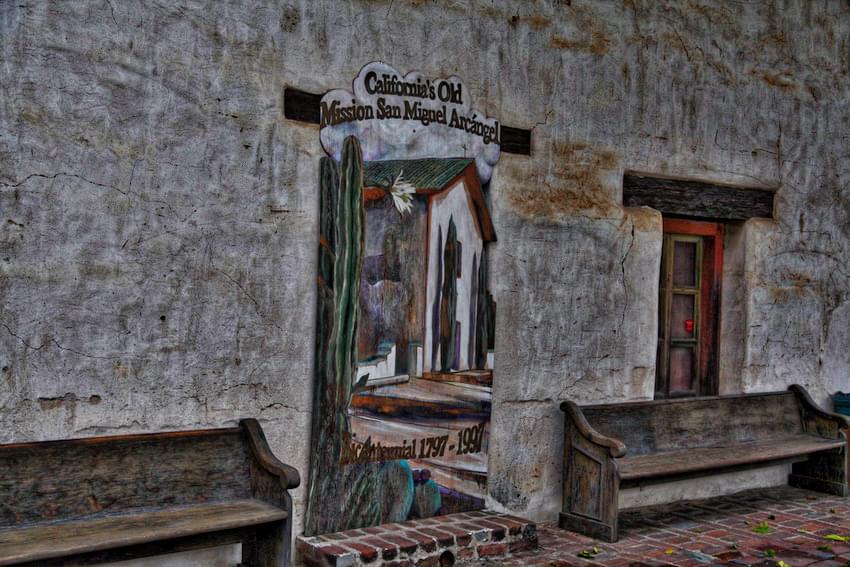
SOURCES INCLUDE
- The Lands of Mission San Miguel
by Wallace V. Ohles
Word Dancer Press May 1997 - Mission San Miguel website home page
- “Murder at the Mission: The Haunting at San Miguel” article on Cervins Central Coast
- YouTube video — Jeff Larson: Ghosts of San Miguel
- Mission San Miguel page on Wikipedia
- “The Murders in the Old Mission” by Wally Ohles, for missionsanmiguel.com
- James Buchanan page on History.com
- Mission San Miguel page on Weird California
- “Ghost stories from SLO County: The Reed murders at Mission San Miguel” as told by Wally Ohles in 2003, for sanluisobispo.com
Our Haunted Paranormal Stories are Written by Julie Carr






